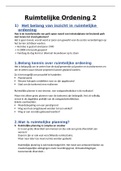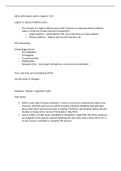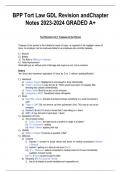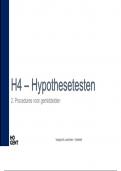Samenvatting
Summary OFFENDER REINTEGRATION
- Vak
- Instelling
DEZE SAMENVATTING VAN OFFENDER REINTEGRATION IS VOLLEDIG MET DE NODIGE UITLEG, ENKEL HET GASTCOLLEGE VAN DAVE HIGHAM NIET (WAS EERDER EEN VERTELLEND VERHAAAL). DE FILM EN DERGELIJKE STAAT ERIN!
[Meer zien]












